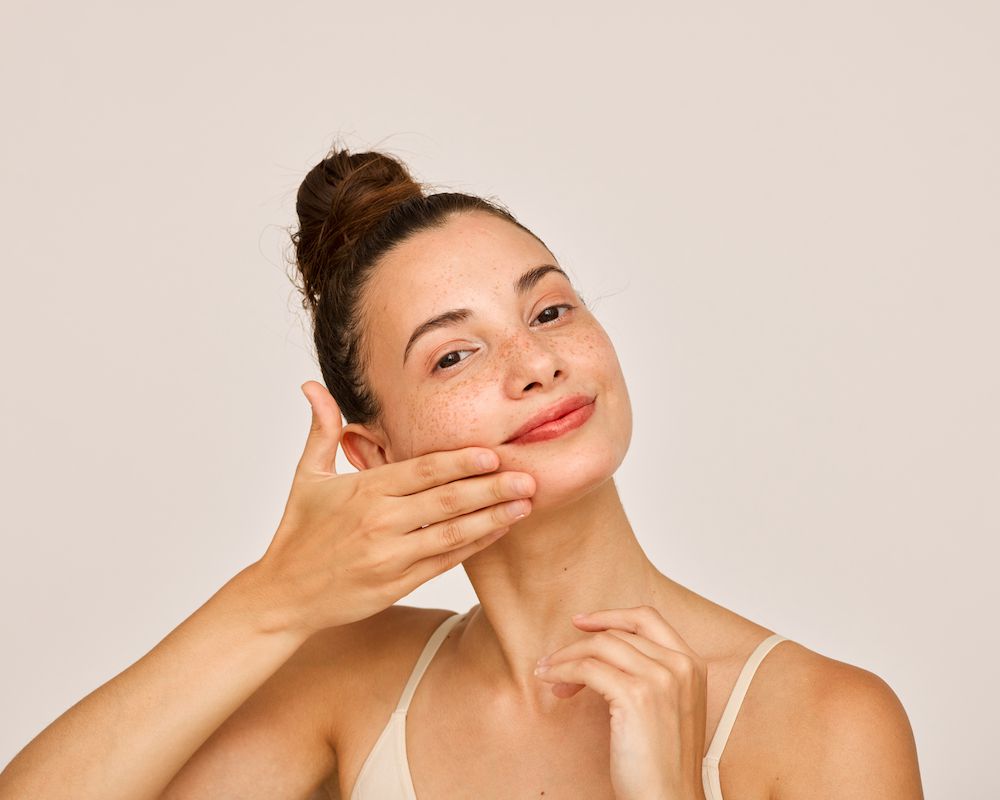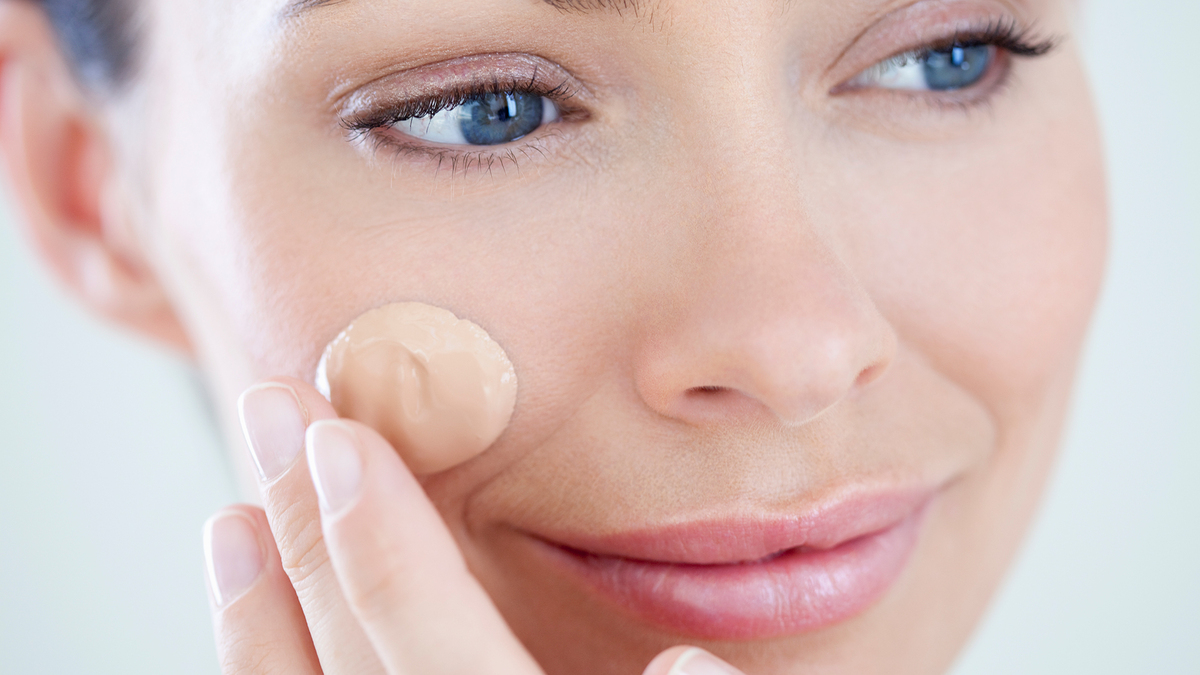The magic of makeup lies in its ability to transform, enhance, and conceal. Among the myriad of makeup essentials, powder concealer stands out for its unique ability to provide coverage, control shine, and offer a lightweight feel, making it a favorite among beauty enthusiasts seeking a natural, matte finish. This guide is designed to unlock the full potential of powder concealer, offering insights, tips, and techniques to master the art of concealing with confidence.

The Basics of Powder Concealer
Powder concealer is a versatile makeup product designed to cover imperfections, even out skin tone, and absorb excess oil, offering a matte finish that feels light on the skin. Unlike liquid or cream concealers, powder concealer is particularly suited for those with oily or combination skin types, as it helps to reduce shine and provide long-lasting coverage without clogging pores.
Choosing the Right Powder Concealer
Selecting the perfect powder concealer involves understanding your skin’s undertones and type. This section demystifies the process, guiding you through choosing a shade that matches your skin tone for a seamless and natural look. Whether you’re combatting redness, dark circles, or blemishes, the right concealer can make all the difference.
Preparation for Application
A flawless makeup application starts with the right base. Learn the importance of cleansing, moisturizing, and priming your skin before applying concealer. This prep work ensures that the powder concealer adheres smoothly and evenly, providing a canvas that enhances the concealer’s performance for impeccable results.
Application Techniques
The technique and tools you choose are pivotal in achieving a flawless application of powder concealer. This guide offers a step-by-step tutorial on how to apply powder concealer using brushes or sponges for targeted coverage or a diffused look. Discover how to layer concealer for added coverage without the heaviness, ensuring a finish that’s both beautiful and breathable.
Blending for a Flawless Finish
Blending is the key to making your concealer indistinguishable from your natural skin. This section explores blending techniques that prevent the concealer from settling into fine lines or appearing cakey. Learn how to blend powder concealer seamlessly with your foundation and setting powder for a coherent and flawless complexion.
Setting Your Concealer
To ensure your concealer stays in place from day to night, setting it with a powder is essential. This segment delves into the art of setting your concealer, emphasizing the importance of choosing the right setting powder and application method to lock in coverage and extend the wear of your makeup.
Advanced Tips and Tricks
Elevate your makeup routine with advanced concealer techniques. From concealing dark circles and blemishes to using concealer for contouring and highlighting, this section provides expert advice on how to use powder concealer beyond its traditional role. Learn how to enhance your features and create dimension for a polished, professional look.

Powder Concealer for Different Skin Types
Understanding how to adapt powder concealer to different skin types is crucial for achieving optimal results. Whether you have oily, dry, or combination skin, this section offers tailored advice on how to make powder concealer work for you. Discover how to adjust your application and choose products that cater to your skin’s specific needs for a balanced and radiant finish.
Combining Powder with Other Concealers
For those seeking customizable coverage and texture, combining powder concealer with other formulas can offer the best of both worlds. Learn the strategies for layering concealers effectively, including when and how to use powder concealer in conjunction with liquid or cream products for a flawless makeup application.
Troubleshooting Common Issues
Even with the best products and techniques, issues can arise. This section addresses common powder concealer problems, such as cakiness, creasing, and coverage issues, providing practical solutions and tips to correct and prevent these concerns for a smooth, impeccable finish.
Maintaining Your Powder Concealer
Maximize the lifespan and efficacy of your powder concealer with proper care. This guide covers everything from storage tips to recognizing when it’s time to replace your concealer. Keeping your makeup fresh and hygienic ensures the best performance and safety for your skin.
How to Make Use of Powder Concealer
In conclusion, this comprehensive guide reiterates the importance of choosing the right powder concealer, preparing your skin, applying and blending with expertise, and setting your makeup for a flawless finish. Embrace these tips and techniques to make the most of your powder concealer, enhancing your natural beauty with confidence and skill.
Powder concealer is a powerful tool in the makeup arsenal, offering the versatility to conceal, enhance, and transform with a natural, matte finish. By selecting the right product, preparing your skin, mastering application and blending techniques, and caring for your concealer, you can achieve a flawless complexion that radiates beauty and confidence. Embrace the art of powder concealer and discover the endless possibilities it brings to your makeup routine.








